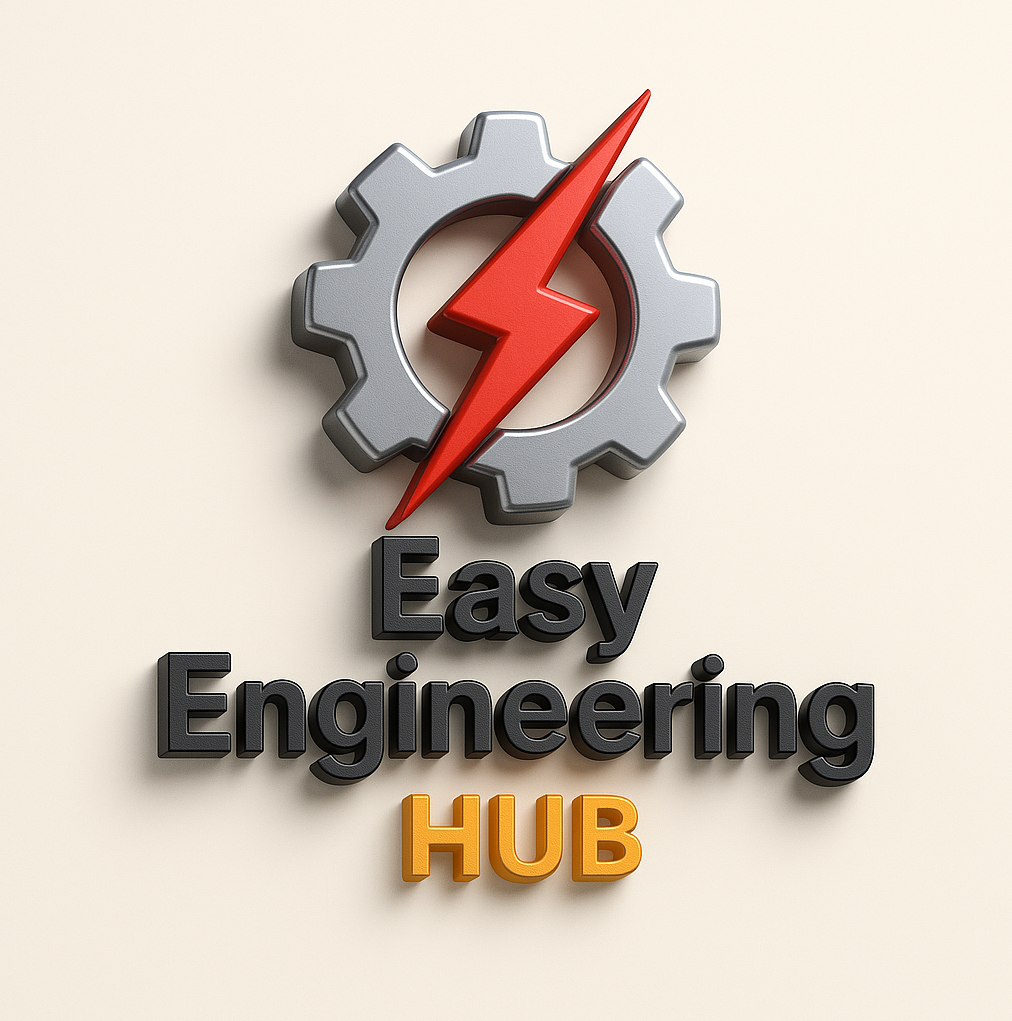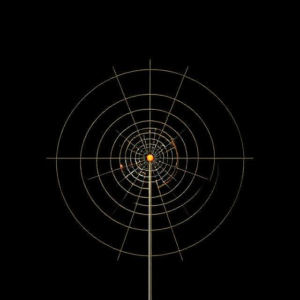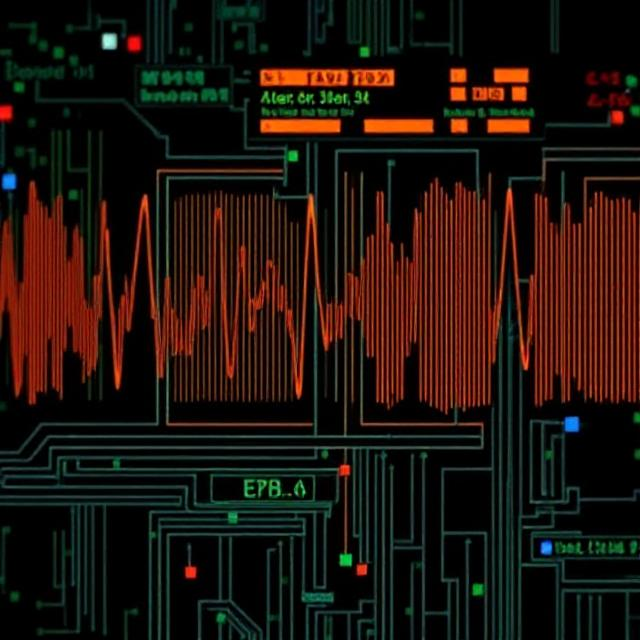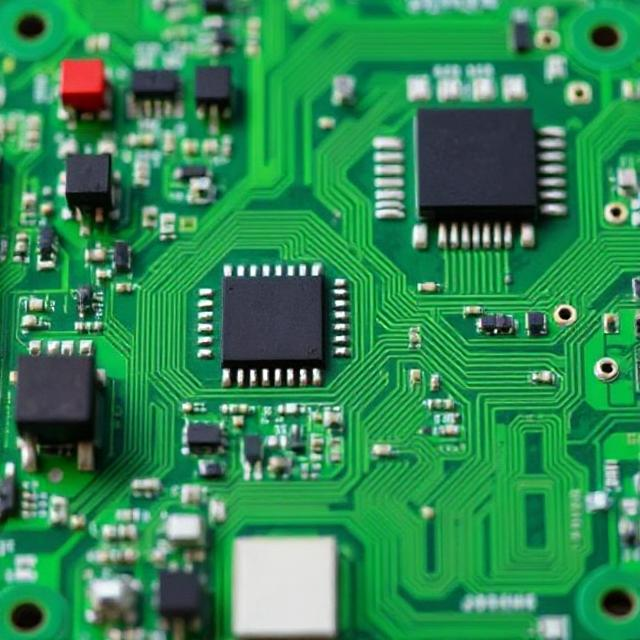Radar Waveform Design is about creating and choosing the right type of signal (called a “waveform”) for a radar system to transmit, so it can detect objects, measure their distance, and understand their movement. The “waveform” is the pattern of radio waves (electromagnetic waves) that a radar sends out and listens for as it bounces off objects.

Let’s break this down step by step:
1. What is Radar?
Radar (Radio Detection and Ranging) is a system that sends out electromagnetic waves (radio waves) and listens for the waves that bounce back after hitting an object. By measuring how long it takes for the waves to return, the radar can determine how far away an object is. It can also help to detect the speed and direction of the object.
For radar to work well, it needs to transmit and receive signals in a way that helps it “see” clearly. The design of these signals is called “waveform design.”
2. What is a Radar Waveform?
A radar waveform is the shape or pattern of the radio waves the radar system uses to send out and receive signals. Just like sound waves can have different pitches (high or low), radar waves can also have different patterns, frequencies, and durations, depending on what the radar system needs to do.
Radar waveform design involves choosing the best type of waveform based on things like:
- The range (how far away objects are).
- The resolution (how well it can distinguish between objects that are close together).
- The speed (how fast the radar can detect moving objects).
- The power consumption (how much energy is used by the system).
3. Types of Radar Waveforms
There are different types of radar waveforms, and each has its advantages, depending on the specific task the radar needs to perform. Here are some common types:
a. Continuous Wave (CW) Radar
- How it works: It sends out a continuous signal at a single frequency, and it measures how long it takes for the signal to return after bouncing off an object.
- Uses: It’s often used for measuring speed (Doppler radar), such as in police speed guns or weather radars.
- Limitations: It can’t measure the distance to an object very accurately because it doesn’t change its signal over time.
b. Pulse Radar
- How it works: It sends out short bursts (pulses) of signals, waits for the signal to reflect back, and then measures the time it takes to return.
- Uses: This is commonly used in weather radar and military radar to detect objects and measure their distance.
- Advantages: It can measure both distance and speed, and it’s good for detecting objects far away.
- Limitations: The pulse rate (how often it sends pulses) may limit how quickly it can track fast-moving objects.
c. Frequency Modulated Continuous Wave (FMCW) Radar
- How it works: The radar continuously transmits a signal whose frequency gradually increases or decreases over time (called frequency modulation). The radar then measures the shift in frequency of the reflected signal to calculate the distance.
- Uses: This is used in applications like automotive radars for collision avoidance, as well as in some weather radar systems.
- Advantages: It allows for very accurate measurement of distance and velocity and can be used in more compact systems (like in cars).
- Limitations: It can be more complex to design compared to simple pulse radar.
d. Chirp Radar
- How it works: Chirp radar sends a signal that sweeps through a range of frequencies (a “chirp”), and by measuring the time delay and frequency shift of the returned signal, it can calculate the distance and velocity of an object.
- Uses: Used in weather radars, airborne radar systems, and imaging radar.
- Advantages: It provides high resolution and can detect objects with high precision.
- Limitations: It requires more processing power and can be more complex to implement.
4. Radar Waveform Design Goals
When designing radar waveforms, engineers focus on several key goals to ensure the radar system works well for its intended purpose:
a. Range Resolution
- This is the ability to distinguish between two objects that are close together in terms of distance. For example, if there are two cars close to each other, can the radar tell them apart?
- Goal: Design a waveform that can clearly separate objects that are close together.
b. Doppler Resolution (Speed)
- This is the ability to measure how fast an object is moving. The radar measures the frequency shift (Doppler shift) of the returned signal to determine an object’s speed.
- Goal: Choose a waveform that helps measure the speed of moving objects accurately.
c. Signal-to-Noise Ratio (SNR)
- Radar systems need to be able to separate the radar signal from background noise (like interference from other signals). A higher SNR means clearer detection.
- Goal: Design a waveform that minimizes noise and maximizes the strength of the radar signal.
d. Energy Efficiency
- Radar systems are often used in applications where power consumption is important (for example, in satellites, drones, or military systems).
- Goal: Ensure that the waveform uses as little power as necessary without sacrificing performance.
e. Low Probability of Intercept (LPI)
- In some radar applications, like military or security, it’s important for the radar to be hard to detect by the enemy.
- Goal: Use waveforms that are difficult to detect or jam by adversaries, making the radar system more stealthy.
5. Factors to Consider in Radar Waveform Design
- Bandwidth: The range of frequencies over which the radar signal operates. More bandwidth generally means better resolution, but it can also mean more power usage.
- Pulse Duration: The length of time the radar transmits each pulse. Shorter pulses provide better resolution but require more sensitive receivers.
- Duty Cycle: The percentage of time the radar is transmitting. A high duty cycle means more power consumption, but it could improve tracking performance.
6. Applications of Radar Waveform Design
- Military: Radar used in defense systems needs to detect aircraft, ships, or missiles. The waveform design helps with tracking targets accurately and preventing jamming.
- Weather Radar: In meteorology, radar waveforms are used to detect rain, snow, and other weather phenomena.
- Automotive Radar: Modern cars use radar waveforms to detect obstacles, measure speed, and provide features like automatic braking or lane-keeping assistance.
- Air Traffic Control: Radar systems in airports use well-designed waveforms to track the positions of airplanes and manage air traffic safely.
Summary
Radar waveform design is about selecting the best signal pattern that the radar will transmit and receive to detect objects accurately. Depending on the application, radar systems might use continuous waves, pulses, or frequency-modulated signals, and the design of the waveform is focused on goals like improving range, speed detection, minimizing interference, and reducing power usage. It’s a key part of making radar systems effective for things like weather tracking, military applications, and even self-driving cars.











